At a Glance
Quick Tips
- GPS showing land types is a must
- Private land access is best
| species | general Size | trophy potential |
|---|---|---|
| Mule Deer | Dummy | Dummy |
| Whitetail Deer | Dummy | Dummy |
| Elk | Dummy | Dummy |


| species | general Size | trophy potential |
|---|---|---|
| Mule Deer | Dummy | Dummy |
| Whitetail Deer | Dummy | Dummy |
| Elk | Dummy | Dummy |
Lake Umatilla and Lake Wallula share the southern border of this unit along the Washington and Oregon border. As you make your way on a big horseshoe bend going up the Columbia River, you will reach the tri-state region, with the Yakima River serving as the northern border, to Mabton, where the boundary cuts south over land forming a sharp western point. This unit is all private except a few small pieces of BLM, state and Umatilla National Wildlife Refuge across the river from Irrigon and Boardman, Oregon. Horse Heaven Hills is the only dominant land structure here and arches over the northern border with urban sprawl on the eastern side of the hills. Just about every inch of dirt inside the Horse Heaven Hills has been tilled for agriculture, the northern area has dryland farming with the southern portion predominately irrigated. Rocky Mountain Elk, mule deer and whitetail deer success usually depend upon private land access. The WDGF is working on expanding access and has both Feel Free to Hunt and Hunt by Written Permission signed up for some private land access. Multiple small to medium fires have dotted this landscape over the past decade and most common along the dry grasslands north and west.
Private land access is extremely tough to find and expensive when you do.
Horse Heaven Hills is the topographic diversity as this unit’s name reflects with its highest point is a little over 2,000-ft. The north side is steep country dropping 1,000+-ft to the Yakima River below in 600-yd as the crow flies. The south side gently tapers off to the south in the form of immense dryland fields dissected by shallow ditches. At around 500-ft irrigated circles start dominating the landscape, however, irrigated farming is expanding into ever increasing elevations where they can find water.
Access can be a challenge as some private ground is locked up with family and friends. WDGF is working on increasing public access to private lands.
Thousands of acres of winter wheat and other dryland grain crops planted with some CRP add critical mule deer habitat. Blue bunch grass and sage dominate the northside and draws with the invasive cheatgrass expanding rapidly and increasing fire dangers. Irrigated crops represent a wide variety from fruits, vegetables, seeds, wine grapes and hops.
There is not a lot of primitive camping available as unit is predominately private. If you are more interested in a bed and a shower, as well as staying closer to gas stations, restaurants, and a grocery store your best option will be local B&B’s and hotels along the Yakima River including Mabton, Proser, Benton City and the Tri-cities.
Roughly 1,1789 square miles
10% public land
Elevations range from 300– 2,000 feet
GPS should be used at all times to know your hunting boundaries
Access to key private land is best